Ash Meadows National Wildlife Refuge is the largest remaining oasis in the Mojave Desert. Situated near the California and Nevada border southeast of Death Valley, its isolated location in the center of the arid and sometimes brutal heat of the desert ensures that relatively few travelers actually make it to the refuge. This refuge is an anomaly of the desert landscape in that it sits atop a geologic fault that forces water running through an underground aquifer to the surface. This water, having traveled underground for thousands of years, surfaces through about 50 seeps and springs throughout the refuge. About 10,000 gallons surface per minute, creating a wetlands environment that is home to dozens of unique species found nowhere else on the planet - the largest concentration of endemic species in the United States.
In the late 1970s, the refuge was nearly leveled and drained to make way for a development projected to be on par with the size of Las Vegas, which led development opponents to campaign to protect the endemic species. These species include the Devils Hole Pupfish, which live exclusively in the Devils Hole Spring. Protections to the pupfish and other native species eventually led to the U.S. Fish and Wildlife Service to purchase surrounding land and creating the refuge.
Today it remains possible to visit many of the springs, the larger of which flow out in picturesque emerald hues, as well as walk along lush streams in the otherwise parched Mojave. Many of the springs can be seen by walking along ADA-compliant wooden boardwalks situated above the fragile and sometimes-saturated ground.
A centrally-located visitor center contains maps, exhibits, a film, and helpful rangers eager to provide maps and information and answer any questions.
When visiting, keep in mind that the area can hit extremely hot temperatures and that there is little shade throughout the refuge. Springs and creeks are protected, and no swimming or wading is allowed anywhere in the refuge outside of two reservoirs, though swimming in these reservoirs is also not advised due to the presence of mites that some people may be allergic to.
Aside from the large concentration of native species, over two dozen species of mammals, including desert bighorn sheep, along with more than 300 species of flowers and shrubs and a wide diversity of migratory birds can be seen in the refuge.
The refuge is open daily from sunrise to sunset. Many roads are unpaved and may become flooded and impassable following wet weather. Check the Ash Meadows website for updated conditions and information.
















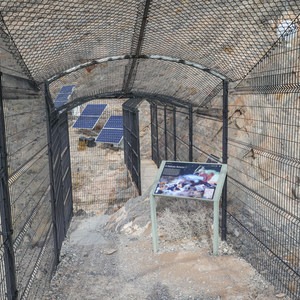

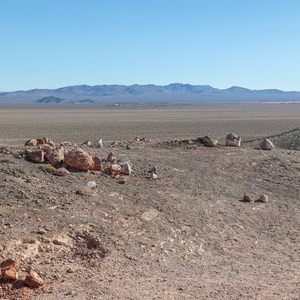
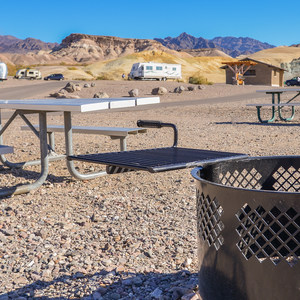
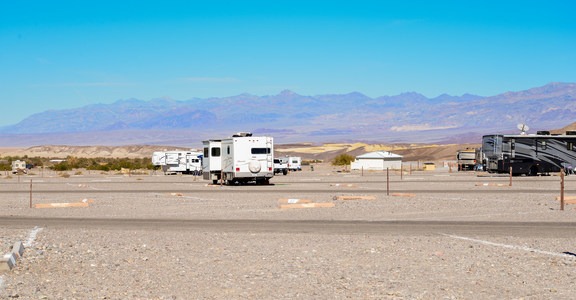
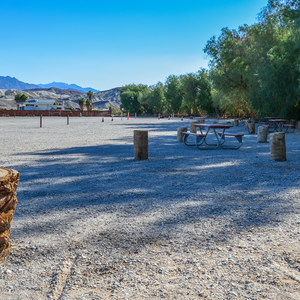



Comments
Sign In and share them.